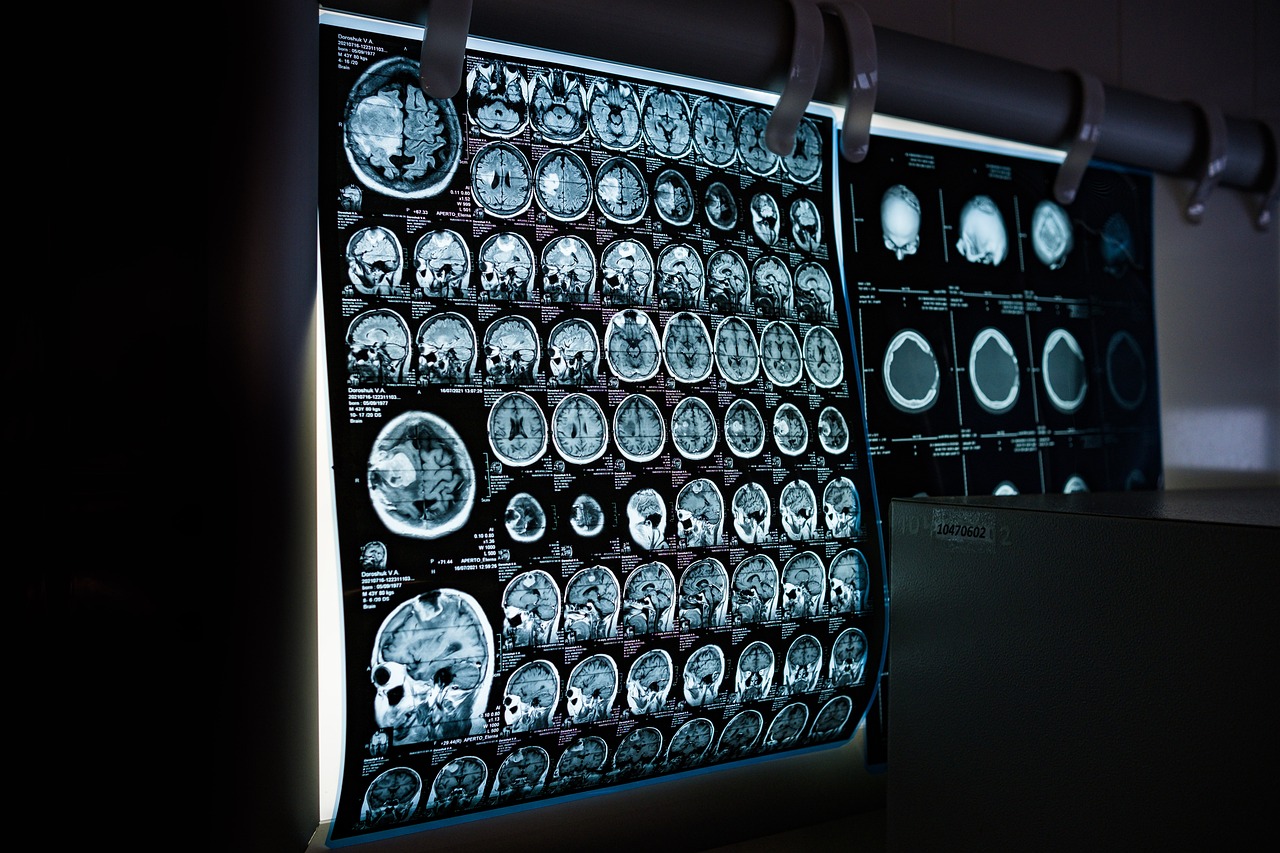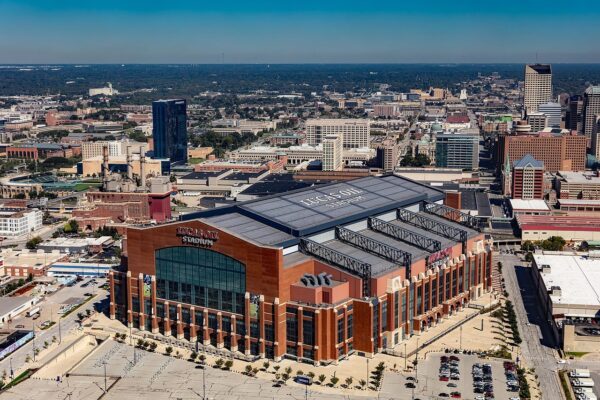
Key differences between amateur and professional leagues in injury impact and recovery
Injuries like Clarke Schmidt’s torn ulnar collateral ligament highlight a major contrast between amateur and professional baseball leagues: the scale and consequences of significant injuries. Schmidt is expected to undergo Tommy John surgery, a procedure with a typical recovery time of 12 to 18 months, which will likely sideline him for the entire next season. This clearly demonstrates the high stakes in professional leagues, where losing a starting pitcher disrupts team strategies and rotation depth. In comparison, amateur leagues usually face less pressure and fewer resources for such critical injuries.
Injury diagnosis and management comparison

Professionals like Schmidt receive immediate and thorough medical evaluations, including MRI exams that detect ligament tears with high accuracy. Schmidt’s injury was confirmed after he experienced discomfort just three innings into a game, showing the prompt and precise medical response in professional baseball. Amateur players often lack access to such detailed diagnostics or may delay evaluation until symptoms worsen, increasing the risk of long-term damage. Schmidt’s case underscores how professional teams monitor player health closely, balancing short-term performance with long-term recovery.
Surgery frequency and outcomes in amateur vs professional players

Undergoing Tommy John surgery twice, as Schmidt will, is more common in professional baseball due to the intense pitching demands. Official MLB data shows that about 25% of pitchers who undergo this surgery return to pre-injury performance levels after 12-18 months. In amateur leagues, such surgeries are less frequent and often result in longer-term career uncertainty because of limited rehabilitation resources. Schmidt’s 3.32 ERA over 14 starts before injury reflects the high level of play maintained even while managing elbow soreness, a scenario less typical at amateur levels.
Depth of pitching rotations and injury replacements
Professional teams like the Yankees maintain a deep pool of starting pitchers and prospects, such as Carlos Carrasco, Allan Winans, and Cam Schlittler, who can step in when injuries occur. Boone’s comments reveal a strategic approach to managing injuries by promoting prospects and acquiring talent before trade deadlines. Amateur leagues usually have smaller rosters and less flexibility, so injuries can more severely impact team competitiveness. The Yankees’ rotation adjustments after losing four starters this season illustrate the resilience and resourcefulness expected at the professional level.
Fan reflections on injury setbacks and team resilience

From a fan perspective, Schmidt’s injury is a tough blow but also a reminder of the unpredictable nature of professional sports. Boone’s reflection that “every team has their share of these things that happen” resonates with fans who understand the challenges of sustaining success amid setbacks. It also highlights hope, as teams look for opportunities to “pick up the slack” by developing new talent. This contrast with amateur leagues, where players may struggle to return after injuries due to fewer support systems, deepens appreciation for the depth and professionalism in MLB organizations.






